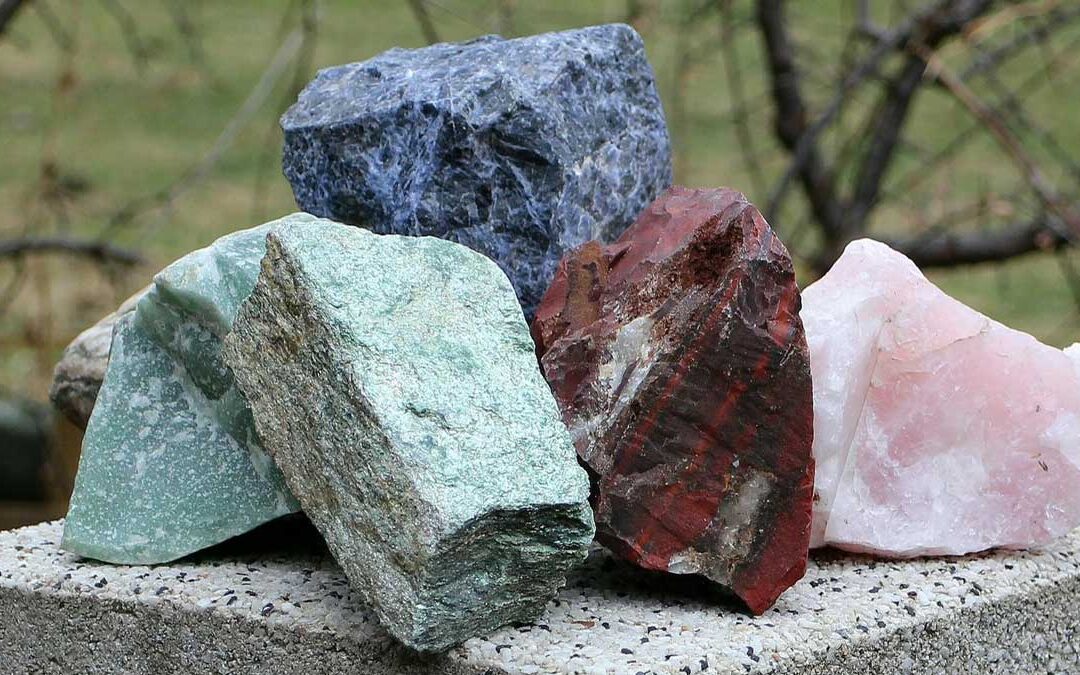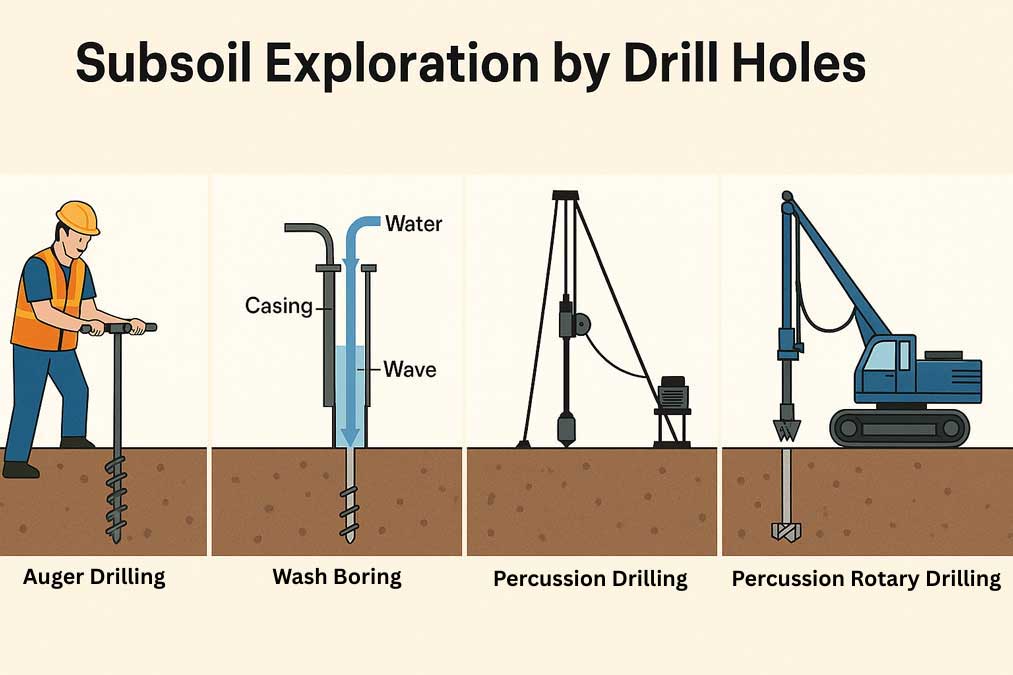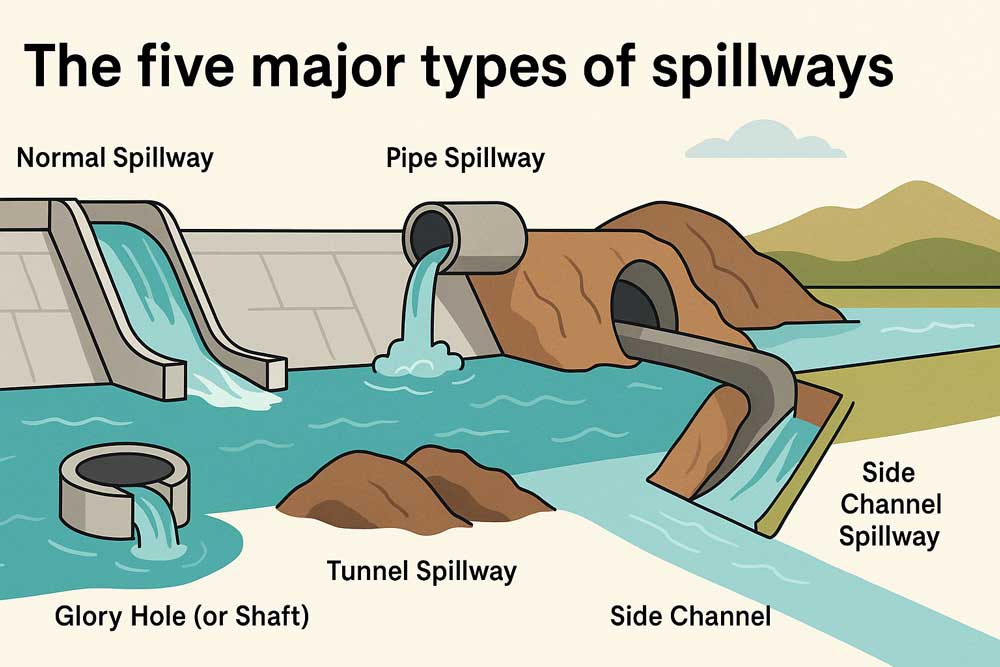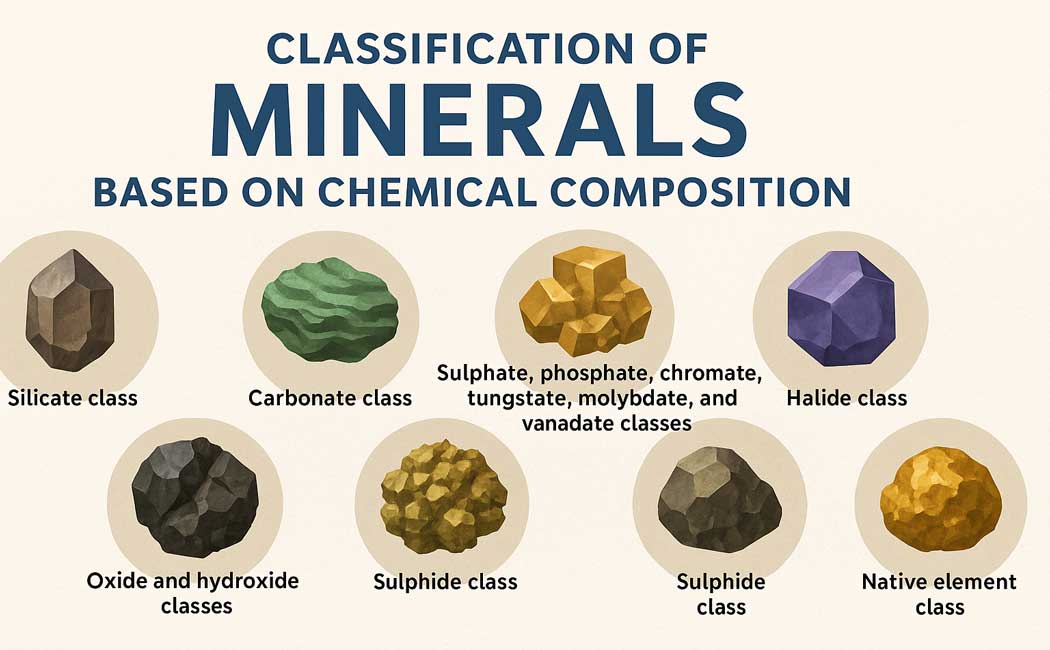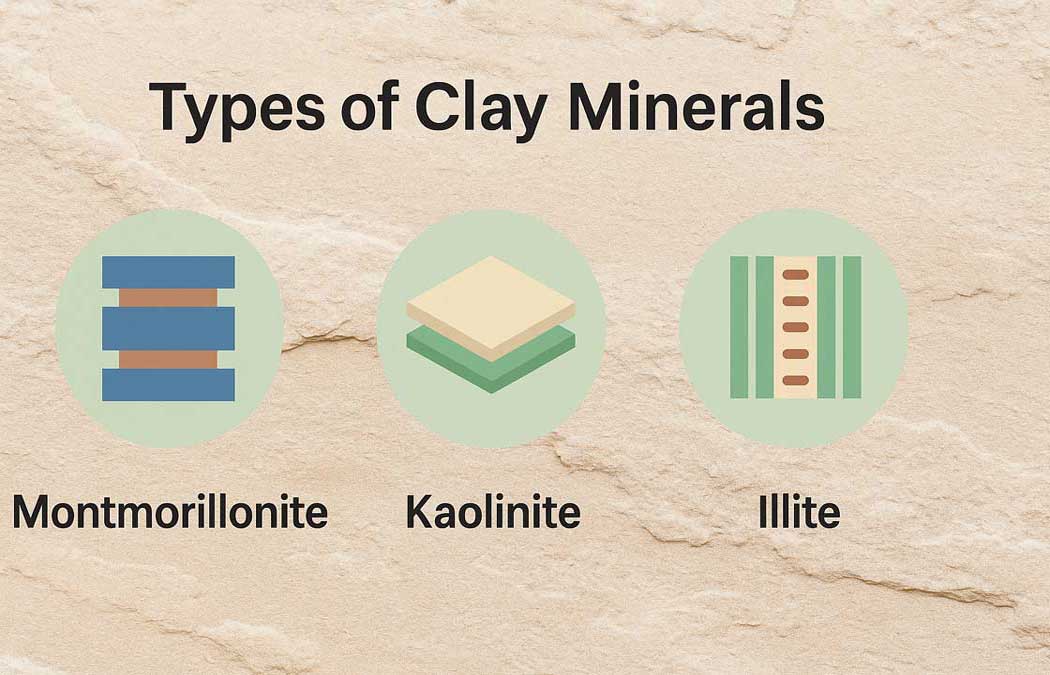Before we learn about mineral types, we must know what minerals are. There are a few characteristics before we identify or call a mineral.
Characteristics are:
- Naturally Occurring – Substances produced in the lab or the industry are not minerals.
- Homogenous Solid – A single substance that can’t physically be separated into a single compound.
- Definite Chemical Composition – Not fixed, may vary between certain limits, and can be expressed by a chemical formula.
- Inorganic Process – They are usually inorganic in origin. But some minerals can also be organic.
- Ordered Atomic Arrangement – The crystal or crystalline state of a matter.
What are minerals?
A mineral is a naturally occurring homogenous solid with definite chemical composition and highly ordered atomic arrangement. An inorganic process usually forms it. Example: Gold (Au), Quartz (SiO2), Halite (NaCl), Feldspar, Opal, Diamond, Ruby, etc.
Types of Minerals?
There are two types of Minerals. Metallic and Non-Metallic.
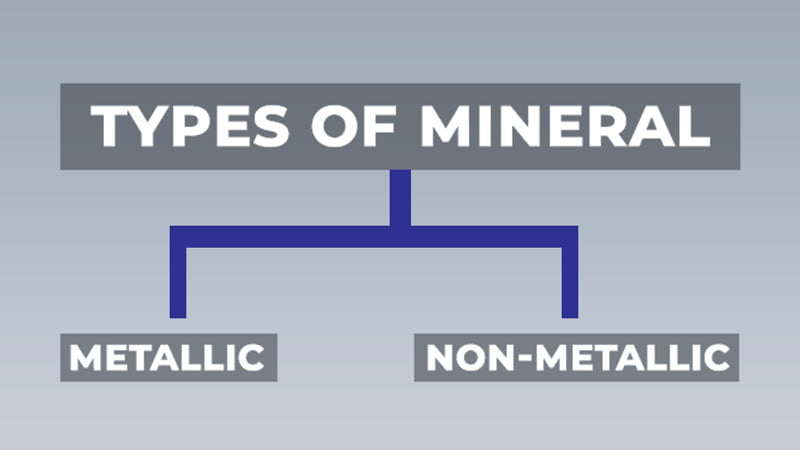
What are metallic minerals?
Metallic minerals are minerals that contain one or more metallic elements. Metallic minerals occur in rare, naturally formed concentrations known as mineral deposits. Examples of metallic minerals are iron ore, bauxite, hematite, etc.
What are non-metallic minerals?
Non-Metallic Minerals are minerals that do not contain metal, are not usually hard, and are found in sedimentary rocks. Non-Metallic Minerals are limestone, mica, coal, gypsum, dolomite, Salt.
Difference between Metallic and Non-Metallic Mineral
| Metallic Mineral | Non-Metallic Mineral |
| Contain one or more metal elements. | Do not contain metal elements. |
| Generally hard and have a shiny surface. | Don’t have a shiny surface and are not as hard as metallic. |
| Generally found in Igneous and Metamorphic rock. | Generally found in Sedimentary Rock. |
| Good conductor of heat and electricity. | Poor conductor of heat and electricity. |
| Less abundant than non-metallic minerals | More abundant than metallic minerals. |
| Examples: Copper, tin, iron, manganese, gold, etc. | Examples: Carbon, gypsum, potash, precious stones, boron, mica, quartz, etc. |
Important Uses of Minerals:
- Gem/Precious Stone: Many minerals are used as Gem/Precious stones, and price depends on a few criteria.
- Beauty
- Durability
- Rarity
Example: Diamond, Ruby.
2. Precious Metal: Some precious metals are also gained from minerals. Example: Gold, Platinum, Silver.
3. Ornamental Stone: Some minerals are used as ornamental stones with beauty and durability. Example: Pyrite, Orpiment.
4. Pottery, Glass, and Cement: Few minerals use for pottery, glass, and cement. Example: Kaolinite.
5. Paint, Paper: Some minerals are used for their color pigment and also as the raw material of paper. Example: Hematite.
6. Fertilizer: Sulfur and its minerals are hugely used as fertilizer.

